Splashed around with some paint today and got ridiculously excited about it. I haven’t actually used any paint for ages but I have been working on a large drawing on gessoed MDF and just felt the need to experiment a bit. If all goes well I might put it in for the John Moore’s Painting Prize which does require paint!
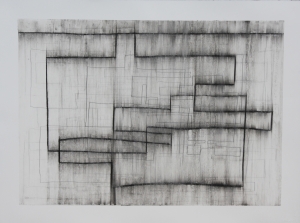
Echo Series, High Cross House, 2013
The exhibition catalogue arrived today for A Significant Curve, currently at High Cross House Dartington until the 17 November. The show looks great and I was very pleased with the hang. A musician played the Steinway Grand all evening the night of the Private View which was wonderful, especially given that a lot of the work in the show is a response to the sounds and silences which flow through the different spaces of the building.
I went to look at this year’s Jerwood Drawing Prize shortlist this week at the Jerwood Space in London. This time last year I had a piece in it – happy memories. The show was good with some interesting work, mostly figurative plus the usual smattering of work which was in there because of the strange combination of media being used by the artist. This year there were five film pieces a couple of which were distinguished by their inordinate length. Leaving aside their evident quality, most selection boards average 10 to 30 seconds on each piece of work being presented to them so how do they square this with having to watch an animation for an hour and forty seven minutes? Or do they just watch it for the same number of seconds they accord framed work? If so they might miss something appalling and if they do accord these pieces their full amount of time it seems very unfair on other artists. The selectors don’t stand in front of their work and contemplate it for an hour and a half. There is a size limit on works submitted to public exhibitons, a practical solution to the problem of hanging large work but also an attempt to make sure sufficient work is hung. Perhaps it is time to consider a length limit on films submitted to opens. There is no facility for view such films, the longest piece in the Jerwood drawing show this year was sited in a corner closely surrounded by other work, no chair no sofa no dedicated viewing room. There was no way anyone would have been able to watch the whole of this piece from beginning to end. This is also an issue for the selectors themselves. Selecting an exhibition is intensive, exhausting and because of the heightened sensibilities of viewing accessing and choosing works from a huge number, ultimately sleep depriving.
In this year’s show nostalgia was definitely a recurring theme. There seemed to be a lot of work which grasped at the past, school photos, family reminiscences and poignant reminders of the fragility of life: in particular Emma Douglas’ heartbreaking Cato lived for 8025 days and Roy Eastland’s They looked like silver birds. The sun was shining on them… about an air raid during the First World War. Entirely different types of work but both of them beautiful and powerful. I came away having enjoyed the show but looking at the catalogue later it seemed subdued, samey and lacking in excitement. The information about the artists and their statements were mostly fascinating but somehow the images seemed bland – don’t know why – because they were not bland in the flesh.
Last week I went to the PV of the Salisbury Open Drawing show at Salisbury Arts Centre in which I have a drawing. There was some very good work in that as well, many of the artists having previously exhibited in the Jerwood. Definitely worth a visit.


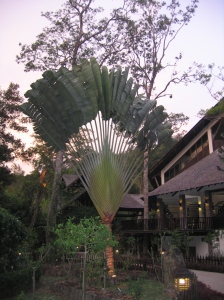


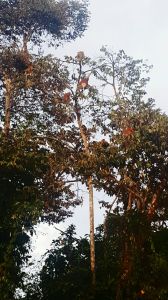





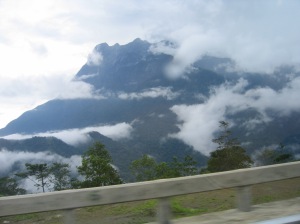




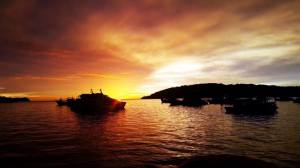

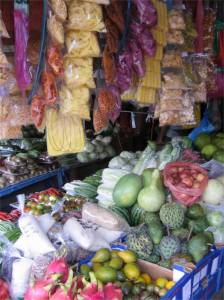
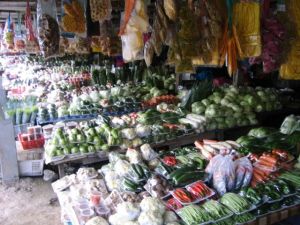




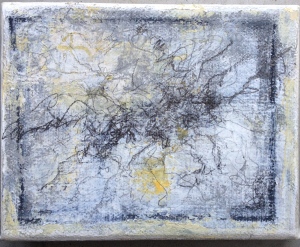


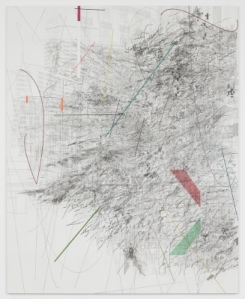



You must be logged in to post a comment.